Energy sector
On April 3, the website vneconomy.com posted the following information: "Will electricity business profits improve in 2025 thanks to increased retail electricity prices?"
The electricity sector is forecast to grow well in 2025, with many new projects starting commercial power generation, increasing output and revenue for the entire sector. In addition, the expected increase in retail electricity prices in 2025 will contribute to improving the industry's cash flow.
VISRating has just released an updated report on the electricity industry outlook, in which statistics show that in 2024, electricity companies will have clearly differentiated business results. Total revenue and net profit decreased by 0.3% and 26% compared to the same period.
In 2025, VISRating forecasts that hydropower companies' revenues and profits will be less volatile thanks to stable electricity production.
The industry’s debt service capacity is expected to improve in 2024 thanks to stable financial leverage ratios and improved operating cash flow. Total debt will increase slightly by 2.6% yoy in 2024 but interest expenses will decrease by 23% thanks to low interest rates.
Total receivables from Vietnam Electricity (EVN) decreased by 13% yoy, as recent increases in retail electricity prices improved EVN’s liquidity and helped power companies pay off their debts faster. Industry CFO increased by 48%, improving debt coverage as represented by the CFO/debt ratio to 23% in 2024 (2023: 16%).
In 2025, the industry's financial leverage and debt coverage ratios are expected to remain stable. New plants will increase the total power capacity of the entire system by 6%, increasing output and revenue in the context of high electricity demand. At the same time, the increase in retail electricity prices in 2025 will also boost the industry's cash flow.
Construction Economy newspaper published the news: "REE plans to expand investment in LNG electricity in 2025"
At the 2025 Annual General Meeting of Shareholders (AGM) of Refrigeration Electrical Engineering Corporation (MCK: REE) on April 1, the company submitted a revenue plan of 10,248 billion, an increase of more than 22% compared to last year. If the target is achieved, the company's revenue will exceed the 10,000 billion VND mark for the first time.
REE's Board of Directors expressed an optimistic view on the electricity industry in the context of legal bottlenecks being resolved and strong public investment supporting the M&E segment. The long-term profit after tax growth target was reaffirmed at a compound annual growth rate (CAGR) of 15%.
REE expects its 2025 business results to recover from the bottom in 2024. As a result, the company's 2024 dividend plan expects a cash dividend of VND1,000/share (paid on April 4, 2025) and a stock dividend of 15%. The 2025 interim dividend is at a maximum of VND1,000/share.
In 2025, REE aims to sell electricity to both EVN and large customers under the direct power purchase agreement (DPPA).
Import and export sectorTien Phong newspaper published an article: "The reason why Vietnam's fruit and vegetable exports have just lost more than 2,800 billion VND"
Fruit and vegetable exports in the first quarter of this year only reached over 1.1 billion USD, a decrease of over 2,800 billion VND compared to the same period last year. The main reason for the decline in fruit and vegetable exports is that the staple product, durian, has been affected by changes in the international market.
Since the beginning of this year, China has suddenly required all imported durian shipments to have Cadmium and Yellow O residue analysis results from laboratories recognized by this country. This regulation applies not only to Vietnam but to all exporting countries, making the export process more complicated and prolonging customs clearance time.
In addition, Vietnamese durian exported to the European Union (EU) must also increase the frequency of border inspections from 10% to 20% due to repeated non-compliance with regulations on pesticide residues.
Ho Chi Minh City Law Newspaper published the information: "Immediately reduce import tax on cars, chicken thighs, and cherries: Sensitive and timely"
Experts say the preferential import tax reduction policy is a sensible and timely step to balance the trade balance and promote economic development.
Some items such as cars, wood, ethanol, frozen chicken thighs, fresh apples, cherries, almonds, pistachios, raisins... have been applied with lower preferential import tax rates (MFN) since March 31. This is the content of Decree 73/2025 amending and supplementing preferential import tax rates of some items, which has just been issued by the Government .
Experts assess this as a very timely move from the Government, ensuring harmonized tariff levels and fair treatment among Vietnam's comprehensive strategic partners.
Domestic market sector
Dai Doan Ket newspaper published the news: "Stimulating domestic consumption"
Export, investment and domestic consumption are considered the three main factors that help economic growth: in which export and investment still grow relatively well year by year, but the motivation for domestic consumption is facing difficulties. To stimulate domestic consumption, experts say it is necessary to increase disposable income for consumers through tax reduction policies.
Competition and consumer protection
On the People's Police Newspaper there is an article: " Scan QR codes to trace product origins to protect consumers"
Product traceability is the ability to track and identify a product unit through each stage of the production, processing and distribution process. Thanks to the support of applications that integrate QR scanning features, consumers can easily grasp more information about products and goods. QR code applications are also considered an effective solution to help businesses manage production processes, circulation of goods, and build brand reputation.
Walking around the fruit and vegetable section at a large supermarket on Le Duan Street in Hanoi, Mrs. Thu Ha (60 years old, housewife) carefully selected each fresh food item to prepare dinner. However, instead of just reading some basic information of the product such as price, production date, expiry date, Mrs. Ha used her smartphone to scan the QR code printed on the box to read all the information about this product.
"After being instructed by my daughter, I learned that just by scanning this QR code, I can know the origin of this box of cucumbers, such as what kind of seeds were used, how to care for them, what types of fertilizers were used during the growing process, and even the packaging and transportation, so I feel very secure in choosing to buy and use them for my family," Ms. Thu Ha shared.
At another supermarket on Lo Duc Street, Ms. Nguyen Le - a regular customer who comes here to buy things said: "When I come here to buy things, I completely trust the origin. However, when I pay close attention at the vegetable counter, some have labels, some do not. Most of the goods are imported, dry goods have full codes for easy tracking. When I ask the sales staff about the origin of the vegetables and fruits, they say they are imported from reputable sources, so customers can rest assured," Ms. Nguyen Le said.
Observations by reporters at some supermarkets and traditional markets show that people have developed the habit of scanning codes to trace the origin of products, but many people still do not know the effects of QR codes printed on products, as well as how to use phones to trace these codes. They only buy according to their needs, preferences and habits. In many supermarkets, some products have QR codes, but when scanned, no information about the product appears.
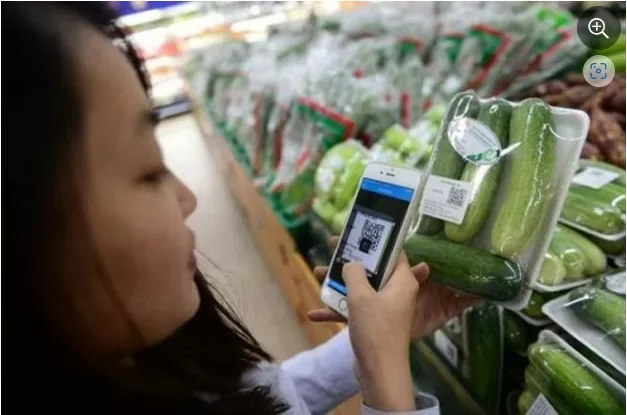 |
| Just hold your phone up to the QR code and product information will appear. Illustration: Contributor |
Since 2005, the European Union has made traceability a mandatory requirement for its member countries. The UK retail supermarket system has also strengthened this inspection system. In January 2011, the United States enacted the Food Safety Modernization Act (FSMA), which requires increased monitoring, tracking, and record keeping of high-risk foods. Ireland and Canada have strict regulations on labeling, product identification, and production facilities. In India, since 2006, grape producers and processors have established and applied the GrapeNet electronic traceability system.
Since 2010, Thailand has issued national standards on electronic traceability, built an electronic traceability information portal for farmers to register for free use, with training and support from the National Office of Agricultural and Food Standards (ACFS). All bananas, bananas, and durians sold in small fruit and vegetable stores in Thailand are also labeled with QR codes. Thanks to that, it has brought clear economic benefits to farmers.
Talking to CAND Newspaper reporters, a representative of the National Barcode Center said that at this time, the state management unit has not yet required businesses to label their products with QR codes. However, by 2027, according to the recommendation of the global barcode organization, countries will convert 1D codes (in Vietnam, barcodes on products are all used according to a standard barcode of 13 digits) to 2D (similar to QR codes) for ease of management.
Urban Economic Newspaper published the news: "Clarifying the protection of consumer rights"
Continuing the 20th session, on the morning of February 15, the National Assembly Standing Committee gave opinions on a number of major issues with different opinions in the draft Law on Consumer Rights Protection (amended).
Reporting on a number of major issues regarding the explanation, reception and revision of the draft Law on Consumer Rights Protection (amended), Chairman of the National Assembly's Committee on Science, Technology and Environment Le Quang Huy said that to clarify the protection of consumer rights in the use of public services, the draft Law has added provisions that when using public services, consumers are protected according to the provisions of this Law and relevant laws.
At the same time, to prevent the provision of services that do not guarantee quality, the draft Law has added the responsibilities of organizations and individuals in providing services (including public services) that do not comply with the registered, notified, announced, or contracted content.
The Draft Law has also supplemented and perfected many mechanisms to better protect consumer rights, such as regulations on the general responsibilities of organizations and individuals doing business in cyberspace; specific responsibilities of organizations establishing and operating intermediary digital platforms; authenticating the identities of organizations and individuals selling goods and providing services on digital platforms; performing the obligation to receive authorization from consumers during transactions on digital platforms, etc.
Regarding consumer responsibilities, the Standing Committee of the National Assembly's Committee on Science, Technology and Environment believes that adding regulations on obligations in the direction that consumers must be responsible before the law for the information they provide, and have the responsibility to compensate individuals and business organizations if there is damage caused by providing false information will be the basis for disseminating the law, raising awareness and helping consumers to fulfill their responsibilities and obligations in the purchase, sale and use of goods, products and services.
Regarding the protection of the rights of vulnerable consumers, taking into account the opinions of National Assembly deputies, the Standing Committee of the National Assembly's Committee on Science, Technology and Environment has added regulations to protect the rights of poor consumers (members of poor households).
Regarding issues requiring consultation, the National Assembly's Committee on Science, Technology and Environment proposed two options on the concept of "consumer" to seek comments from the National Assembly Standing Committee, including: Option 1, keeping the current Law, and adding the content "and not for commercial purposes": "Consumers are people who buy and use products, goods and services for consumption and living purposes of individuals, families and organizations and not for commercial purposes.
Option 2, keeping the draft Law submitted by the Government to the National Assembly: “Consumers are individuals who buy or use products, goods, and services for personal and family consumption and living purposes and not for commercial purposes”. The Standing Committee of the National Assembly's Committee on Science, Technology and Environment agrees with option 1.
Participating in the discussion on the concept of “consumer”, many members of the National Assembly Standing Committee expressed their agreement with option 1. Chairwoman of the National Assembly’s Judiciary Committee Le Thi Nga said that option 1 will create a quick and effective protection mechanism when a large number of consumers are damaged due to violations by manufacturers and businesses, especially in cases where kindergartens, schools, and businesses purchase consumer goods for children, students, and workers, etc.
Basically agree with option 1, however, Chairman of the National Assembly's Law Committee Hoang Thanh Tung suggested removing the phrase "and not for commercial purposes" in this option.
Source: https://congthuong.vn/tin-cong-thuong-34-giam-thue-nhap-khau-o-to-nen-bat-buoc-in-ma-qr-381339.html


![[Photo] Prime Minister Pham Minh Chinh and South African President Matamela Cyril Ramaphosa attend the business forum](https://vphoto.vietnam.vn/thumb/1200x675/vietnam/resource/IMAGE/2025/10/24/1761302295638_dsc-0409-jpg.webp)
![[Photo] Solemn funeral of former Vice Chairman of the Council of Ministers Tran Phuong](https://vphoto.vietnam.vn/thumb/1200x675/vietnam/resource/IMAGE/2025/10/24/1761295093441_tang-le-tran-phuong-1998-4576-jpg.webp)


![[Photo] President Luong Cuong chaired the welcoming ceremony and held talks with United Nations Secretary-General Antonio Guterres](https://vphoto.vietnam.vn/thumb/1200x675/vietnam/resource/IMAGE/2025/10/24/1761304699186_ndo_br_1-jpg.webp)
![[Photo] Prime Minister Pham Minh Chinh chairs conference on breakthrough solutions for social housing development](https://vphoto.vietnam.vn/thumb/1200x675/vietnam/resource/IMAGE/2025/10/24/1761294193033_dsc-0146-7834-jpg.webp)
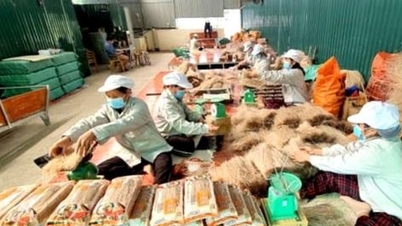

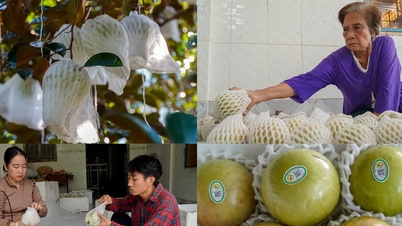










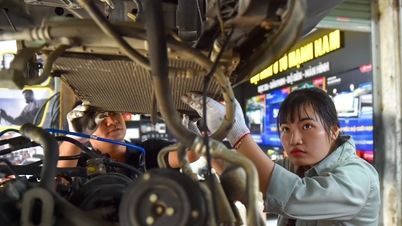




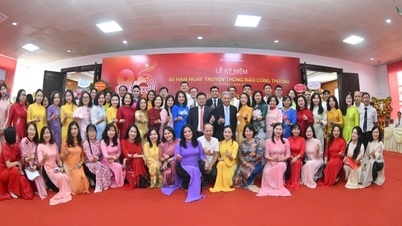
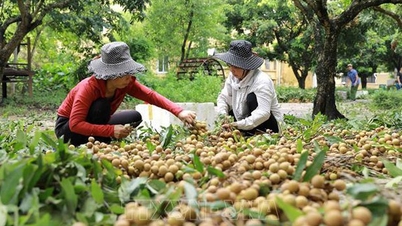














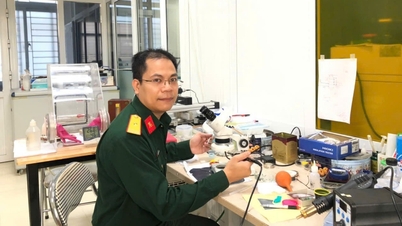






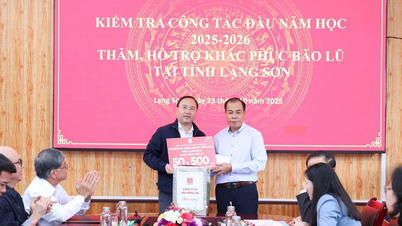





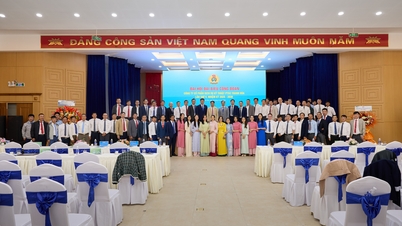
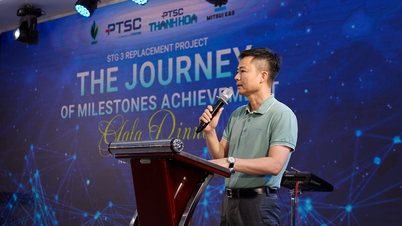






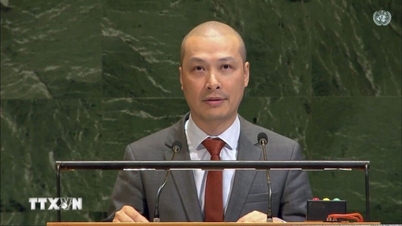

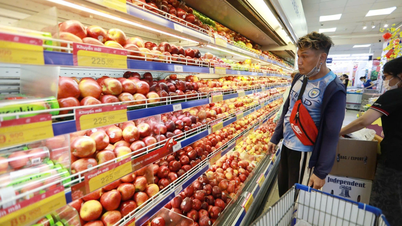
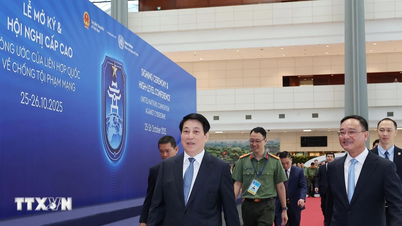

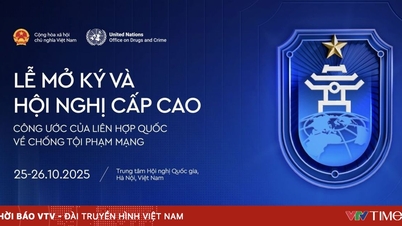



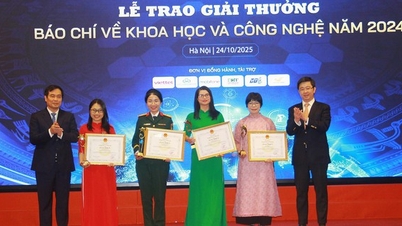


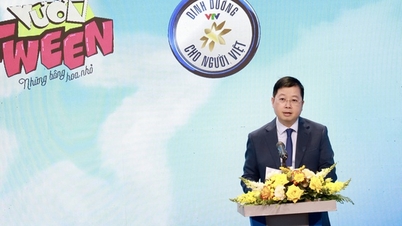

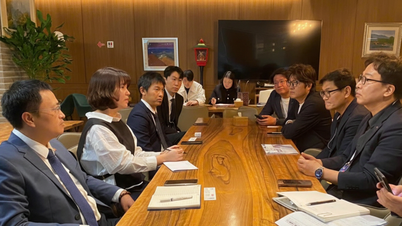



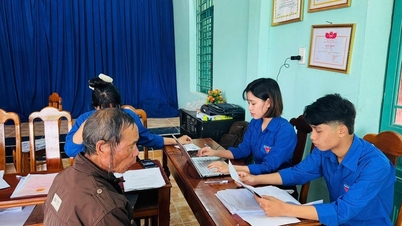




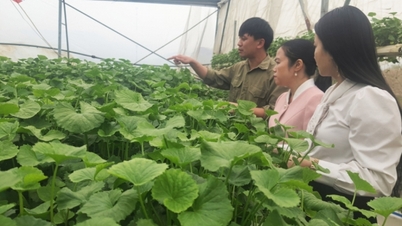












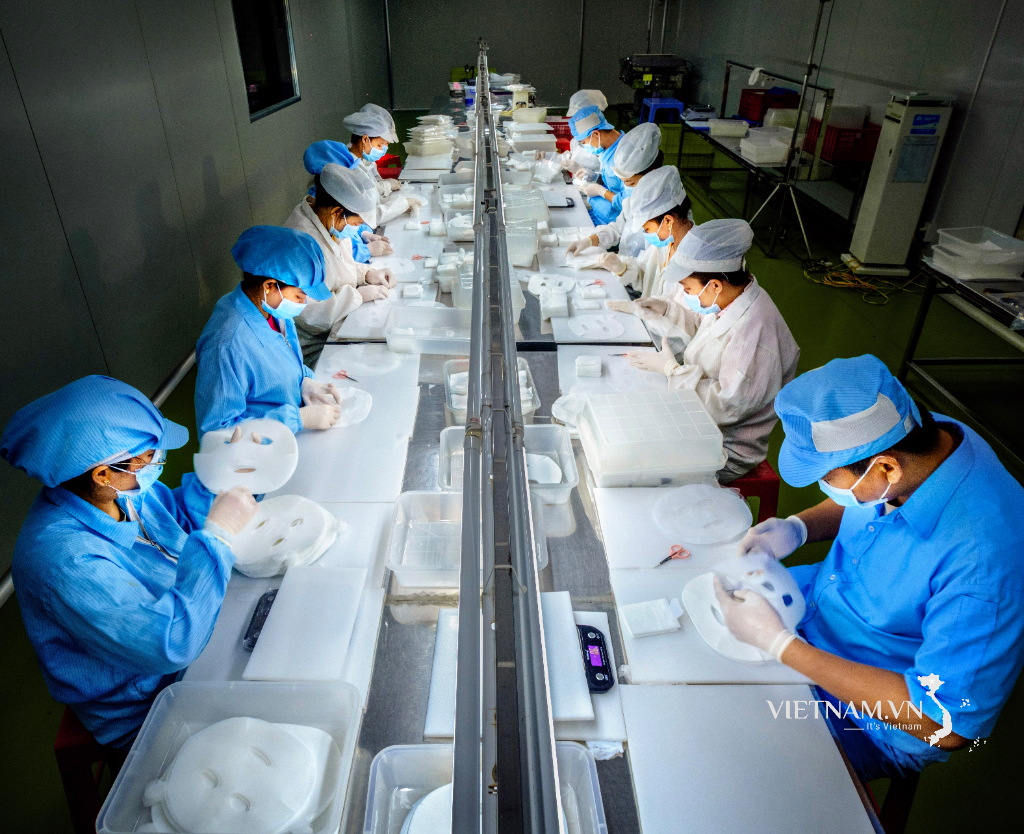



Comment (0)